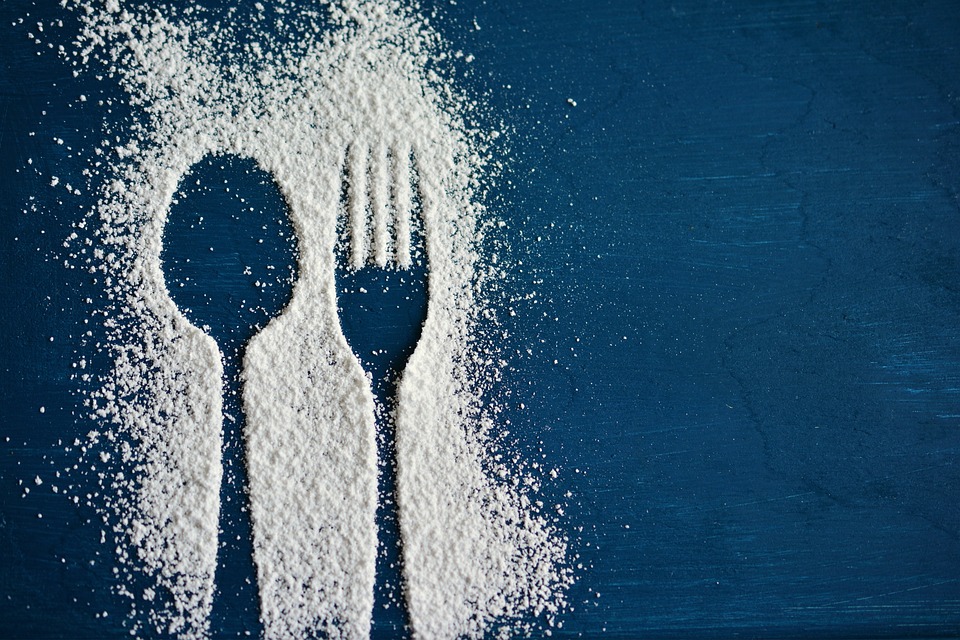Title: A Journey through Time: Celebrating India’s Rich Festivals and Cultural Traditions
India, a land renowned for its rich tapestry of culture, history, and diversity, celebrates a plethora of festivals throughout the year. From vibrant colors and delectable delicacies to profound spiritual experiences, India’s unique festivals present an unforgettable journey through time, culture, and age-old traditions. Let’s embark on an informative exploration of some of India’s most celebrated festivals and the essence they bring to the tradition-rich country.
Diwali – The Festival of Lights
Diwali, also known as Deepavali, is a five-day festival of lights celebrated by Hindus, Jains, Sikhs, and some Buddhists. According to folklore, Diwali commemorates different historic events. For Hindus, it celebrates the victory of good (Lord Rama) over evil (Ravana), while for Jains, it marks the attainment of moksha (nirvana) by Lord Mahavira. Sikhs celebrate Diwali to honor the release of Guru Hargobind from imprisonment by the Mughal Emperor Jahangir. But for all, Diwali is a time for joyous celebrations, lighting diyas (lanterns), bursting fireworks, exchanging gifts, and indulging in scrumptious sweets.
Image: A colorful tableau of Diwali, featuring families lighting diyas and bursting fireworks, with a vivid yellow backdrop of traditional silk garments, and glittering gemstone accessories.
Holi – The Festival of Colors
Holi, celebrated in the spring, is one of the most vibrant and joyous Hindu festivals. It signifies the end of winter and the triumph of good over evil, with the bonfire’s light representing the destruction of the demoness Holika. The festivities include throwing colored powder and water at each other, dancing, singing, smearing each other’s faces with colors, and feasting on traditional sweets, called gujiya.
Image: An explosion of colors – red, blue, green, and yellow – as people joyfully celebrate the festival of Holi, drenched in the spirit of togetherness and love.
Eid – The Festival of Breaking the Fast
Eid is a major Muslim celebration that marks the end of Ramadan, the Islamic holy month of fasting. It is celebrated with immense fervor throughout India, where it is also known as Bara Eid. The most important part of the celebration is the evening prayers and the breaking of the fast with a feast that often includes dishes like Biryani, Haleem, and Sheer Khurma. It is also a time for people to come together, share gifts, and extend good wishes to their loved ones.
Image: Muslim families dressed in their finest attire come together with love and joy, exchanging gifts and savoring delicious dishes, surrounded by the warmth of togetherness.
Durga Puja – The Victory of Good over Evil
Durga Puja, celebrated by millions of Hindus in India and around the world, is a nine-day festival that honors the goddess Durga’s victory over the buffalo demon Mahishasura. Temples and pandals (temporary structures to house the idols) are beautifully decorated, and vibrant cultural events such as dance and music competitions take place. The climax is Vijayadashami, when the idols are immersed in water, symbolizing the return of Durga to her celestial home.
Image: A vibrant Durga Puja pandal adorned with intricate designs and flowers, with a stunning idol of Goddess Durga commanding attention.
Guru Nanak Jayanti – The Birth of the Sikh Guru
Guru Nanak Jayanti celebrates the birth of Guru Nanak, the founder of Sikhism and the first of the ten Sikh Gurus. The ten-day festivities, also known as Gurpurab, include Kirtan (devotional hymns), the reading of the Guru Granth Sahib (the holy scripture), and langar (community meals). People also take part in processions and engage in selfless service, reflecting Guru Nanak Ji’s teachings of equality, humility, and devotion to God.
Image: A peaceful procession with a humble but determined stride and a palpable spiritual energy, carrying the holy scripture amidst devotees immersed in meditation and prayer.
Christmas – The Celebration of Jesus Christ’s Birth
Christmas, celebrated on December 25th, is a cherished and festive occasion for Christians in India. It honors the birth of Jesus Christ, the son of God. People attend midnight mass, decorate church interiors, and homes with colorful lights, Christmas trees, and ornaments. Families bond over heartwarming meals and exchange gifts, spreading love and warmth in a season that celebrates the true spirit of togetherness.
Image: A beautiful cacophony of colors and lights, with mesmerizing Christmas decor, children and elders coming together, holding hands, and embracing the spirit of Christmas with childlike wonder and adoration.
FAQs About Indian Festivals and Cultural Traditions
-
What are some lesser-known Indian festivals?
Apart from the popular ones, there are many unique and lesser-known Indian festivals, such as Makar Sankranti, Teej, Nag Panchami, Kite Festival (Uttarayan), and Pitri Paksha.
-
What makes Indian festivals unique?
Indian festivals are unique for their vibrant celebrations, rich symbolism, diverse customs and traditions, and the sense of togetherness they foster among communities.
-
Which Indian festival is considered the richest in terms of cultural heritage?
Each festival in India has its unique cultural significance. However, Diwali is especially rich in cultural heritage, as it encapsulates the essence of India’s rich and diverse cultural fabric.
-
How has globalization affected Indian festivals?
With globalization, many Indian festivals have gained international popularity, while also influencing and being influenced by other cultures. Elements of Indian festive celebrations are now practiced globally, creating a more vibrant and diverse cultural experience.
-
How can one participate in these Indian festivals?
One can immerse themselves in these vibrant festivals by traveling to India during the respective festivals, learning more about their significance through local guides, joining in the celebrations, and experiencing the festivities firsthand.
Conclusion
India’s rich tapestry of festivals and cultural traditions is a testament to its vibrant and diverse heritage. These celebrations showcase an enchanting blend of spirituality, mythology, art, and unity, providing a time for people to come together to honor and celebrate our collective, multifaceted culture. Embark on this journey through time, observe, and embrace India’s remarkable festivals and cultural traditions to understand the essence of this beautiful country.



